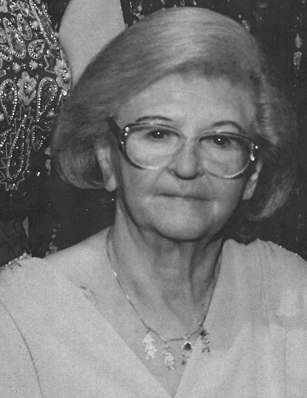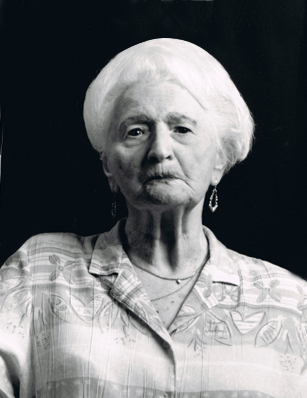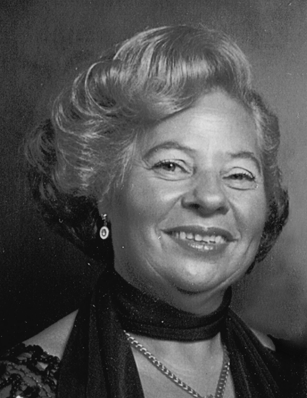Ghetto: Lodz
|
|
|

|

|
|
|

|
|
|
|
|
|
|

|
|
|
|
|
|
|
|
|
|
|
|
|
|
|
|
|
|
|
|
|
|
|
|
|
|

|
|

|
|
|
|
|
|
|
|
|
|
|
|
|
|
|
|
|
|
|
|
|
|
|

|
|
|
|
|
|
|
|
|
|
|
|
|

|
|
|
|
|
|
|
|
|
|
|
|
|
|
|

|
|
|
|
|
|
|
“The city of Lodz is located about 75 miles southwest of Warsaw, Poland. The Jews of Lodz formed the second largest Jewish community in prewar Poland, after Warsaw. German troops occupied Lodz one week after Germany invaded Poland on September 1, 1939. Lodz was annexed to Germany as part of the Warthegau. The Germans renamed the city Litzmannstadt, after a German general, Karl Litzmann, who had captured the city during World War I.
“In early February 1940, the Germans established a ghetto in the northeastern section of Lodz. About 160,000 Jews, more than a third of the city's population, were forced into a small area.
“The Germans isolated the ghetto from the rest of Lodz with barbed-wire fencing. Special police units guarded the ghetto perimeter. Internal order in the ghetto was the responsibility of the Jewish ghetto police. The ghetto area was divided into three parts by the intersection of two major roads. The intersection itself lay outside the ghetto. Bridges constructed over the two thoroughfares connected the three segments of the ghetto. Streetcars for the non-Jewish population of Lodz traversed the ghetto but were not permitted to stop within it.
“Lodz had been a key industrial center in prewar Poland. The Lodz ghetto thus became a major production center under the German occupation. As early as May 1940, the Germans established factories in the ghetto and used Jewish residents for forced labor. By August 1942, there were almost 100 factories within the ghetto. The major factories produced textiles, especially uniforms, for the German army. Mordechai Chaim Rumkowski, chairman of the Jewish council in the Lodz ghetto, hoped to prevent the destruction of the ghetto by making it as productive as possible. He gambled that Jewish labor essential to German factories would spare Jews from eventual deportation and preserve the Lodz ghetto until the end of the war.
Living conditions in the ghetto were horrendous. Most of the quarter had neither running water nor a sewer system. Hard labor, overcrowding, and starvation were the dominant features of life. The overwhelming majority of ghetto residents worked in German factories, receiving only meager food rations from their employers. More than 20 percent of the ghetto's population died as a direct result of the harsh living conditions.
DEPORTATIONS TO THE LODZ GHETTO
“In 1941 and 1942, almost 40,000 Jews were deported to the Lodz ghetto: 20,000 from Germany, Austria, the Protectorate of Bohemia and Moravia, and Luxembourg, and almost 20,000 from the smaller provincial towns in the Warthegau. About 5,000 Roma (Gypsies) from Austria, primarily from the Burgenland province, were deported to the ghetto. They were confined in a segregated block of buildings.
“In 1941 and 1942, almost 40,000 Jews were deported to the Lodz ghetto: 20,000 from Germany, Austria, the Protectorate of Bohemia and Moravia, and Luxembourg, and almost 20,000 from the smaller provincial towns in the Warthegau. About 5,000 Roma (Gypsies) from Austria, primarily from the Burgenland province, were deported to the ghetto. They were confined in a segregated block of buildings.
DEPORTATIONS FROM THE LODZ GHETTO
“In January 1942, German authorities began to deport Jews from Lodz to Chelmno extermination camp. By September 1942, they had deported over 70,000 Jews and about 5,000 Roma to Chelmno. At Chelmno, a special SS detachment killed the Jewish deportees in mobile gas vans (trucks with a hermetically sealed compartment that served as a gas chamber). Jews were concentrated at assembly points in the ghetto before deportation. The Germans at first required the Jewish council to prepare lists of deportees. As this method failed to fill the required quotas, the Germans resorted to police roundups. German personnel shot and killed hundreds of Jews, including children, the elderly, and the sick, during the deportation operations.
“In January 1942, German authorities began to deport Jews from Lodz to Chelmno extermination camp. By September 1942, they had deported over 70,000 Jews and about 5,000 Roma to Chelmno. At Chelmno, a special SS detachment killed the Jewish deportees in mobile gas vans (trucks with a hermetically sealed compartment that served as a gas chamber). Jews were concentrated at assembly points in the ghetto before deportation. The Germans at first required the Jewish council to prepare lists of deportees. As this method failed to fill the required quotas, the Germans resorted to police roundups. German personnel shot and killed hundreds of Jews, including children, the elderly, and the sick, during the deportation operations.
“Between September 1942 and May 1944, there were no major deportations from Lodz. The ghetto resembled a forced-labor camp. In the spring of 1944, the Nazis decided to destroy the Lodz ghetto. By then, Lodz was the last remaining ghetto in Poland, with a population of approximately 75,000 Jews in May 1944. In June and July 1944, the Germans resumed deportations from Lodz, and about 3,000 Jews were deported to Chelmno. The ghetto residents were told that they were being transferred to work camps in Germany. The Germans deported the surviving ghetto residents to the Auschwitz-Birkenau extermination camp in August 1944.”
United States Holocaust Memorial Museum
Accessed on July 26, 2011
— United States Holocaust Memorial Museum
Accessed on July 26, 2011
— United States Holocaust Memorial Museum
Accessed on July 26, 2011
— Juedisches Museum der Stadt Frankfurt
Accessed on July 26, 2011
— Bayerische Staatsbibliothek
Accessed on July 26, 2011
— Beit Lohamei Haghettaot
Accessed on July 26, 2011
— Library of Congress
Accessed on July 26, 2011
— USHMM, courtesy of Jacob Igra
Accessed on July 26, 2011
— Beit Lohamei Haghettaot
Accessed on July 26, 2011
— Beit Lohamei Haghettaot
Accessed on July 26, 2011
Contact us
thank you!
Your application is successfuly submited. We will contact you as soon as possible
thank you!
Your application is successfuly submited. Check your inbox for future updates.